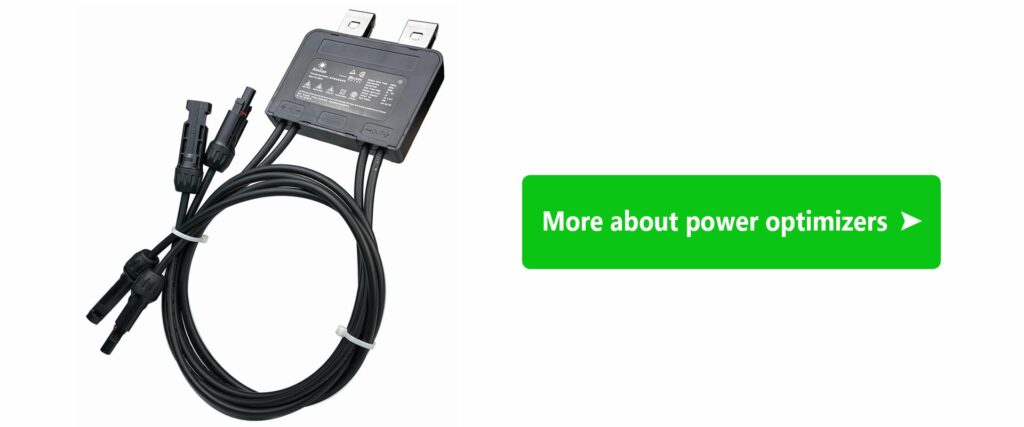The MPPT voltage regulator has had a profound impact on the way we harness energy from the sun. As a professional in the solar industry, I have witnessed the evolution of technologies that have revolutionized the way we harness energy from the sun. The purpose of this essay is to explore the intricate workings of an MPPT voltage regulator, explaining how it operates and dynamically adjusts the voltage and current to maintain the optimal operating point of solar panels, maximizing their power output.

The Inner Workings of an MPPT Voltage Regulator
Essentially, an MPPT voltage regulator optimizes solar panel performance by acting as the brain. In order to generate the maximum amount of power for a given set of environmental conditions, solar panels must reach their optimal operating point. Sunlight intensity, temperature, and shading affect the Maximum Power Point (MPP), which is an operating point. MPPT voltage regulators maintain the solar panels’ voltage and current by continuously tracking and adjusting them.
1. Sensing and Sampling: To achieve this precision, the MPPT regulator relies on real-time data from the solar panels. Regularly, it samples the voltage and current of the panel. In addition to providing insight into the panel’s current operating point, these samples allow the regulator to analyze the data and determine the output power.
2. Power-Voltage Curve Analysis: Each solar panel has a unique power-voltage curve that represents its power output at different voltage levels. The MPPT voltage regulator uses this curve to determine when the panel’s power output peaks. The maximum power point is at this voltage. A regulator can pinpoint the MPP under varying conditions by continuously analyzing the power-voltage curve based on sampled data.
3. Dynamic Adjustment: Once the MPP is determined, the regulator employs a control algorithm to adjust the voltage and current of the solar panels to ensure they are operating at this optimal point. MPPs must be dynamically adjusted to account for environmental conditions, such as cloud cover or shading. Continuously fine-tuning the operating parameters of the MPPT regulator ensures that the panels always produce maximum power.
4. Pulse Width Modulation: The adjustment of voltage and current is achieved through a technique called Pulse Width Modulation (PWM). The solar panels are connected to the load by rapidly switching on and off their connections. As the duty cycle of these switching intervals is modified, the regulator effectively aligns the output voltage and current with the MPP.
5. Feedback Loop: The MPPT voltage regulator operates in a feedback loop, continuously comparing the panel’s output with the MPP and making real-time adjustments to maintain alignment. Despite changing external conditions, the solar panels continue to operate at peak efficiency.

In conclusion, the MPPT voltage regulator functions as a sophisticated control system that dynamically adjusts the voltage and current of solar panels to maintain their optimal operating point, which maximizes power output. With real-time data analysis, power-voltage curve analysis, dynamic adjustment, and feedback loops, the regulator ensures that the panels are consistently generating the most energy.
For those seeking to integrate this cutting-edge technology into their solar PV systems, I recommend considering the innovative solar power optimizer from Sunpv Technology. With MPPT voltage regulation and support for connecting Wi-Fi and batteries, this optimizer offers seamless communication and enhanced energy management with advanced features. Visit www.sunpvsolar.com to learn more.
In a world where clean and efficient energy solutions are crucial, the MPPT voltage regulator serves as a cornerstone of solar technology, allowing us to harness the sun’s energy with unprecedented efficiency. In pursuit of a sustainable energy future, its dynamic operation and ability to maintain optimal performance under changing conditions make it an invaluable tool.


